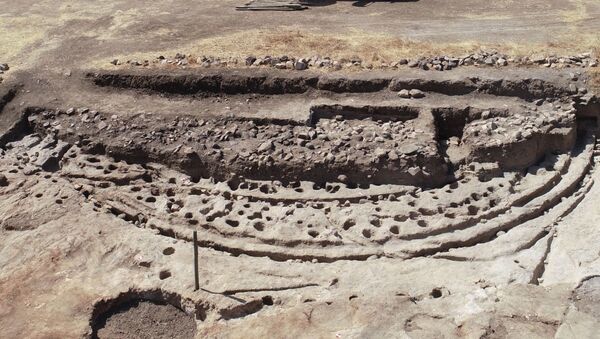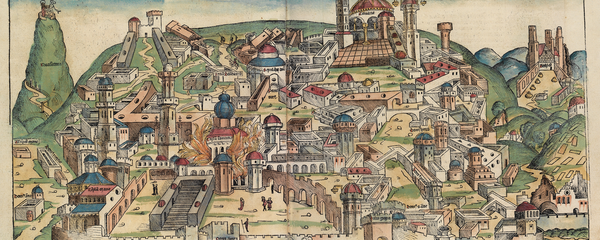Portuguese archaeologists have discovered a "unique" ceremonial construction that is reportedly aligned with the movement of stars. The timber circles found at the Perdigões complex, an archaeological site that scientists have been excavating for more than 20 years, were reportedly constructed at the end of the Stone Age.
"We interpret it as a ceremonial place and prefer to refer to it as timber circles", said António Valera, an archaeologist with the company Era Arqueologia, who is leading excavations at the site.
Archaeologists say the structure was used for religious and ritual purposes as a number of sacrificial deposits have been found at the site. It was also used for public events like festivals as well as a burial ground for many centuries.
Scientists say access to the interior of the timber circles appears to be aligned to the Summer Solstice (longest day of the year), a feature that was also found in other European countries, which researchers say suggests that people in Europe were more interconnected during the Neolithic period than previously thought.
Imagem aérea dos recintos centrais do Complexo Arqueológico dos Perdigões.
— ERA Arqueologia SA (@Era_Arqueologia) August 4, 2020
A área já escavada pela equipa da ERA situa-se do lado direito da imagem; o lado esquerdo resulta de uma composição hipotética realizada a partir da fotografia obtida sobre a área efectivamente escavada. pic.twitter.com/kdDXKJuJFD
The discovery of timber circles additionally "reinforces the already high scientific importance of the Perdigões enclosure complex in the international context of European Neolithic studies while increasing its heritage relevance", said António Valera.
Archaeologists estimate that the Perdigões complex was constructed between 2800-2600 BC, about the same time that the famous Stonehenge monument was built.


